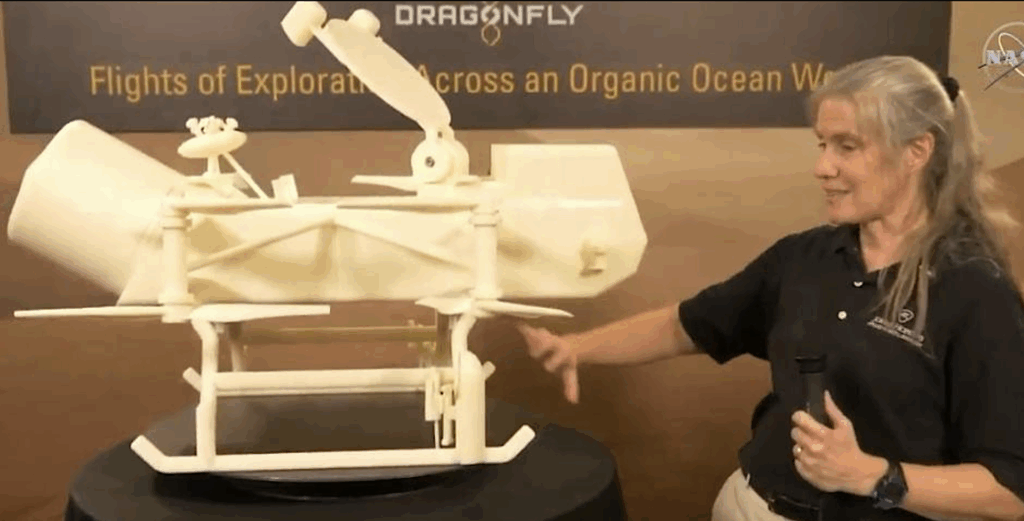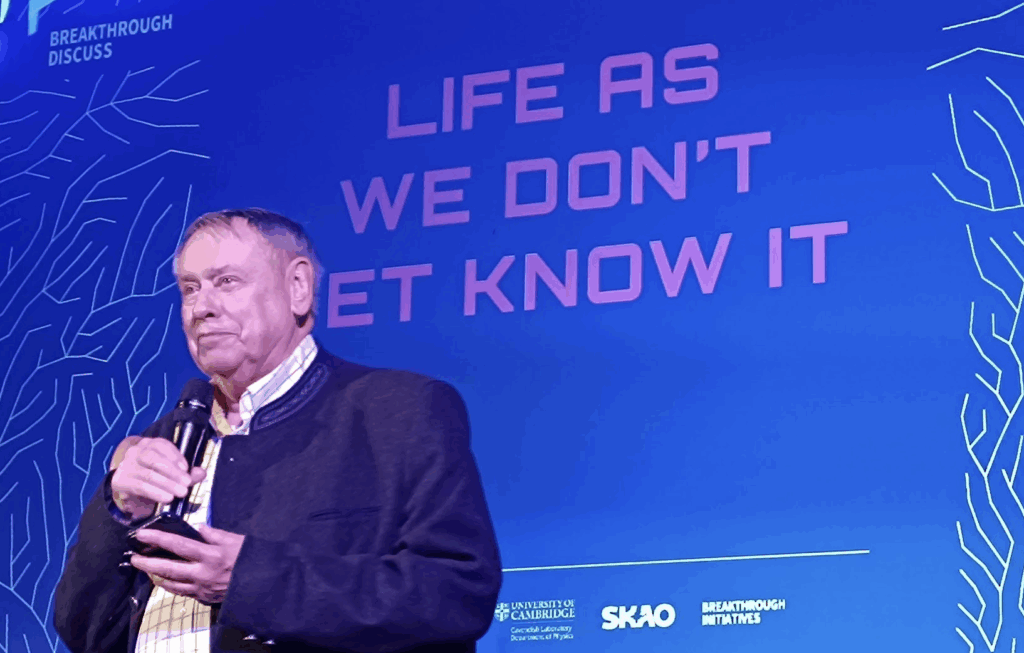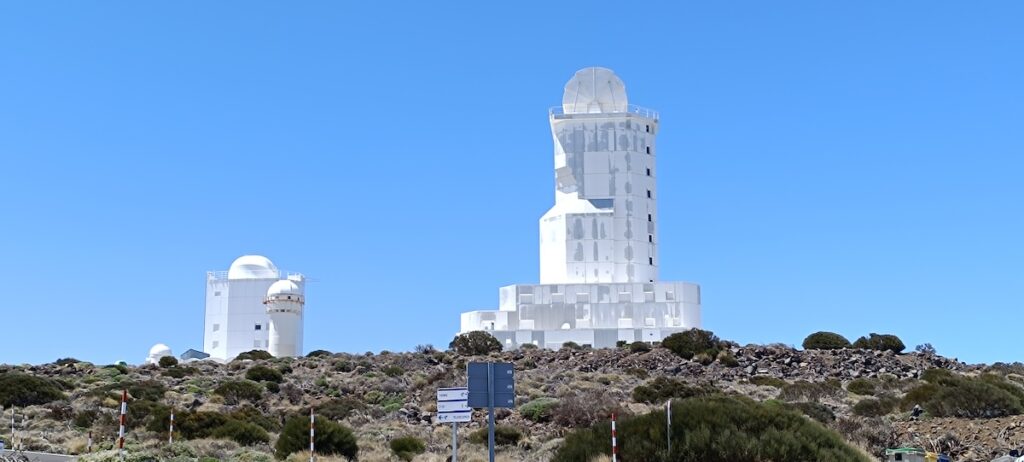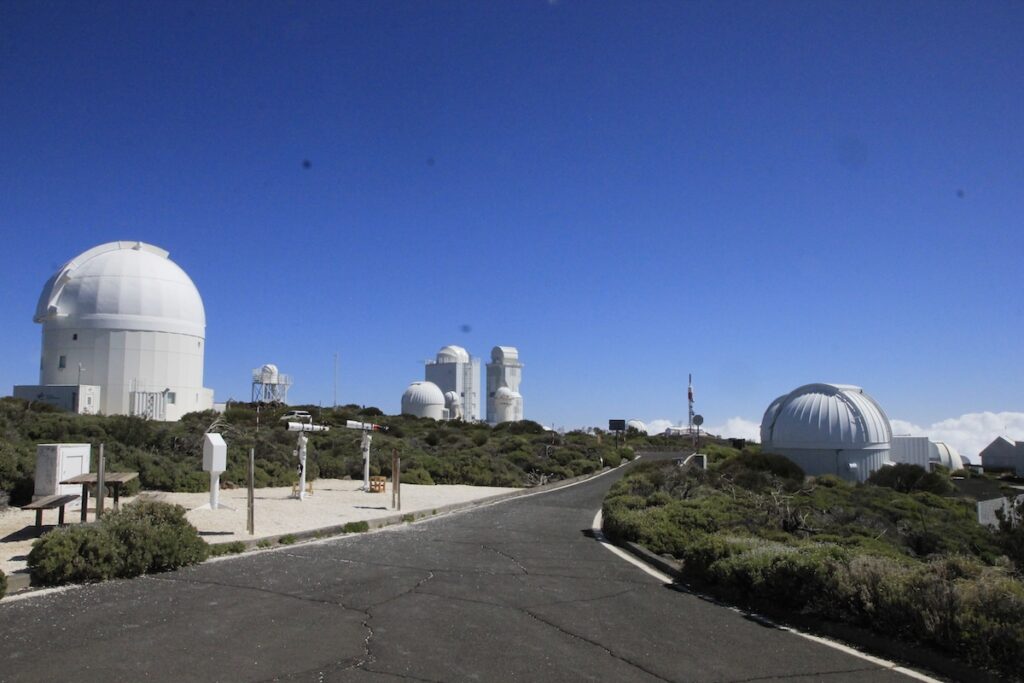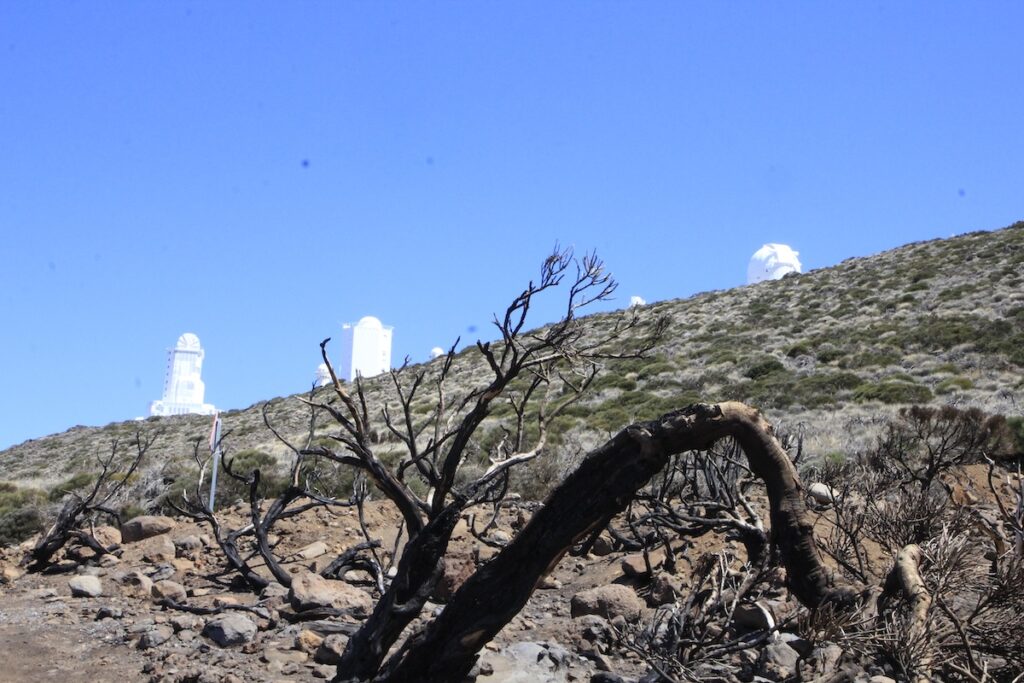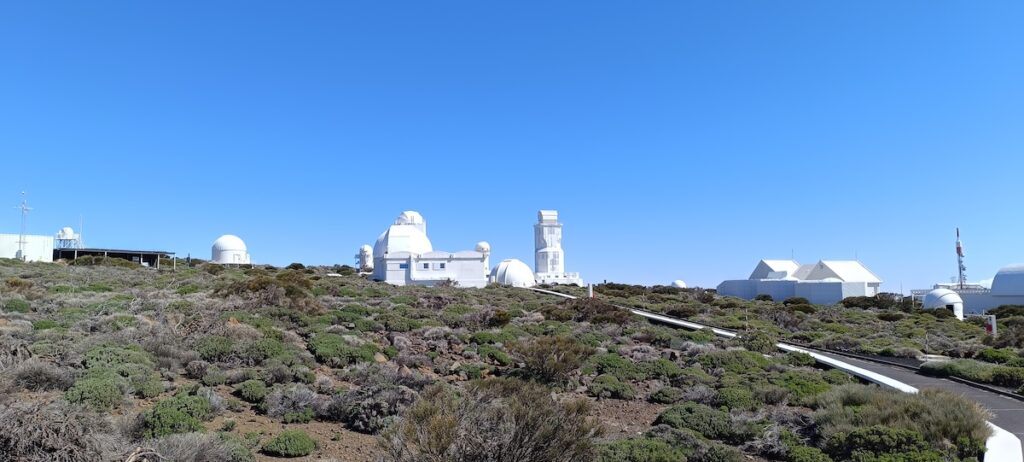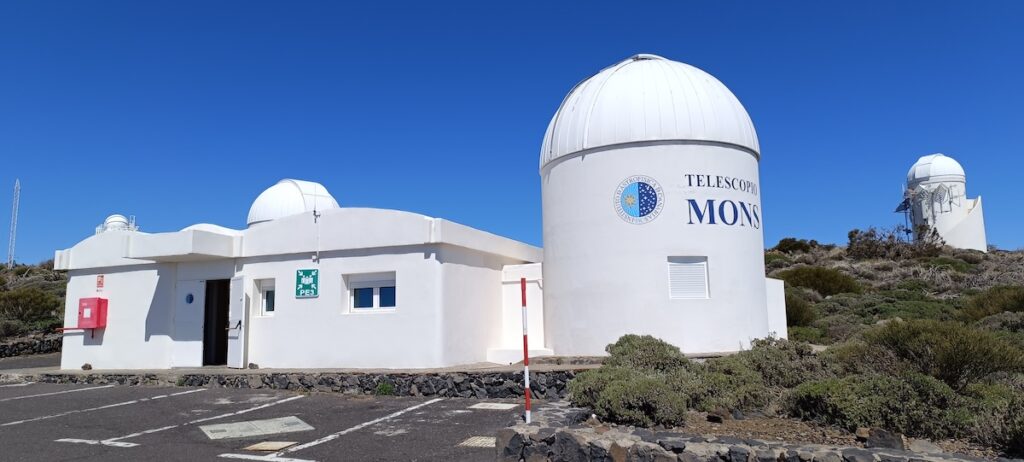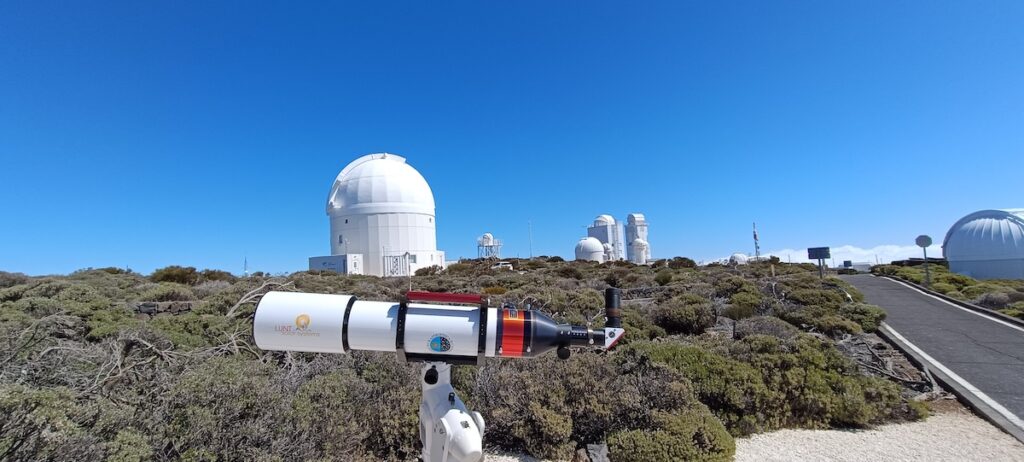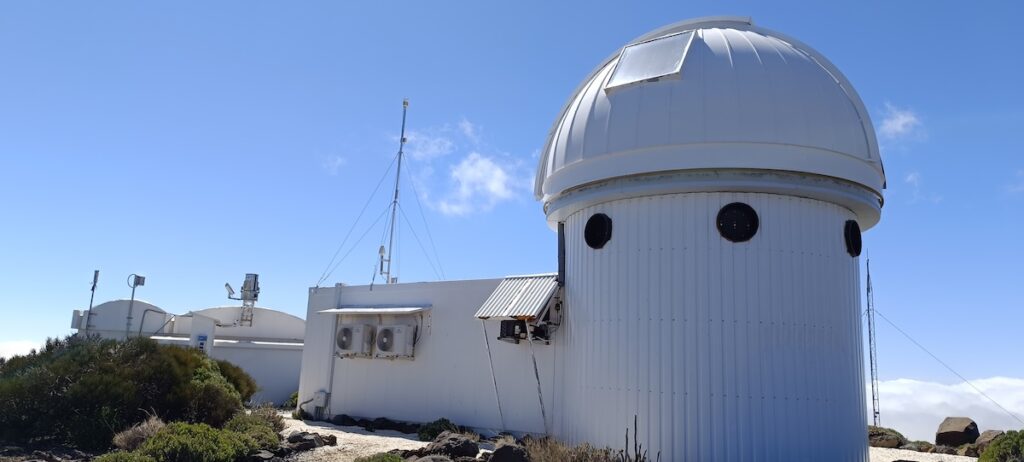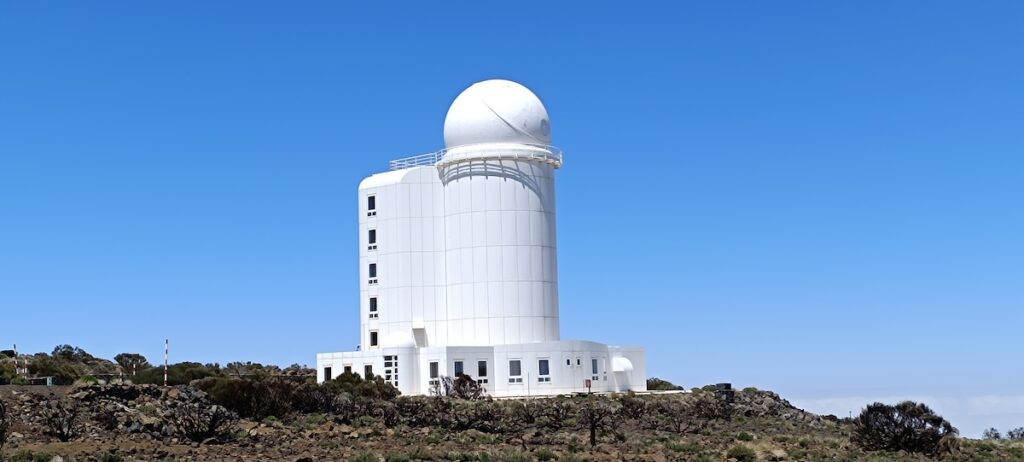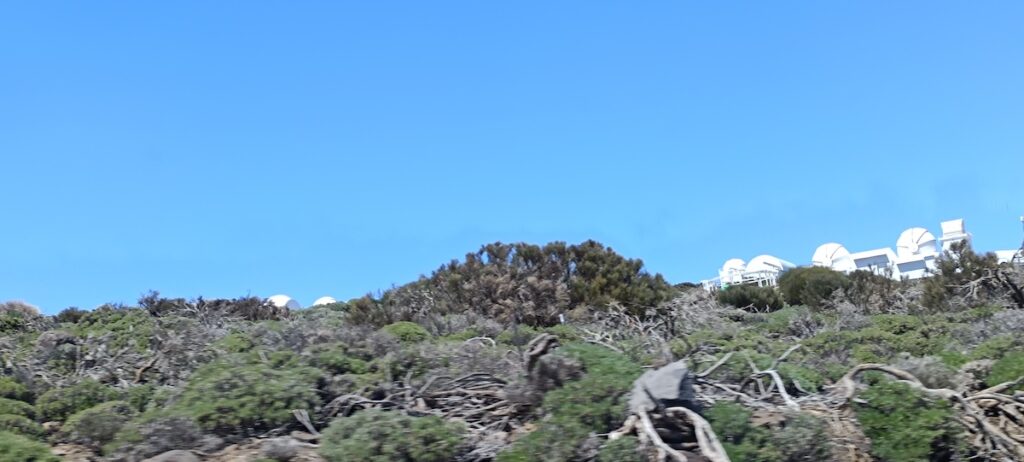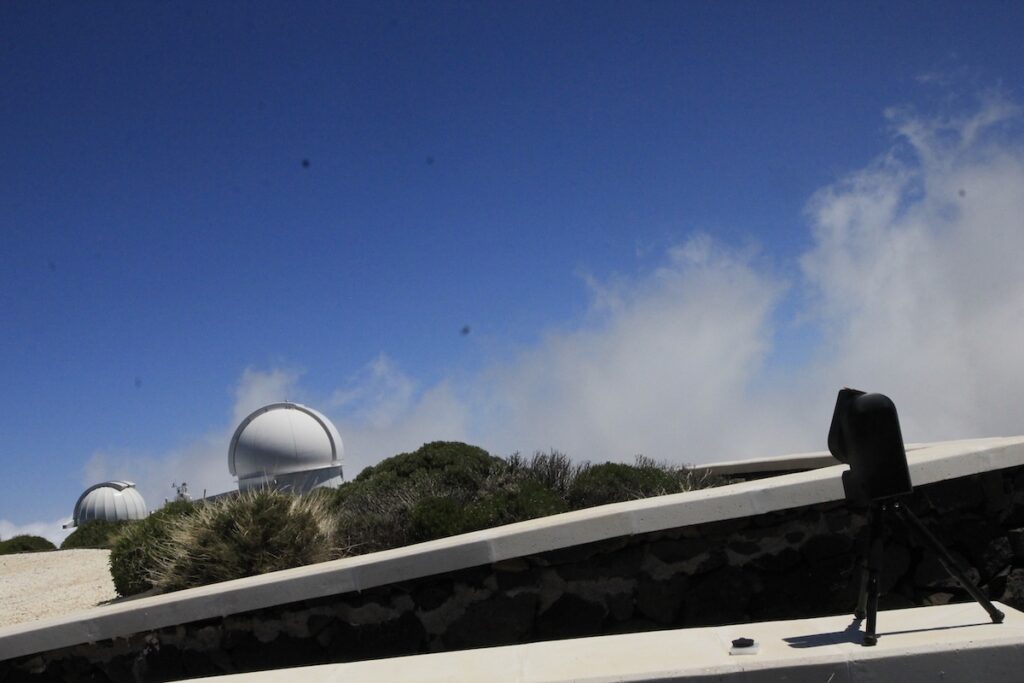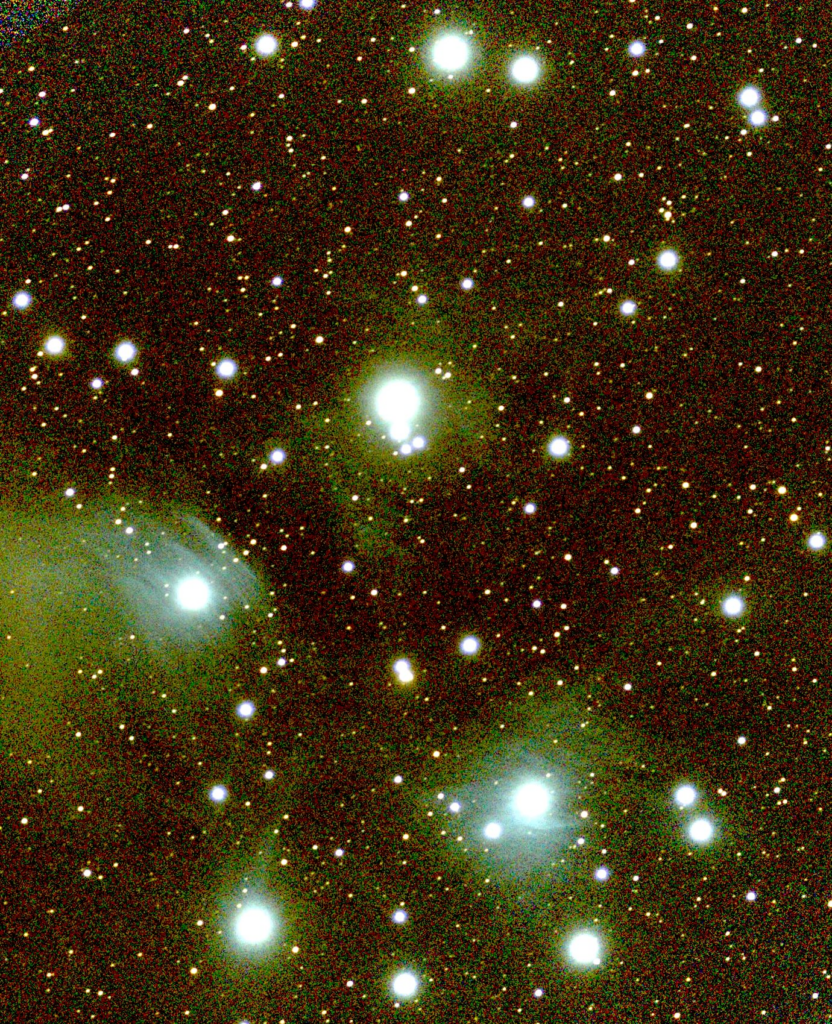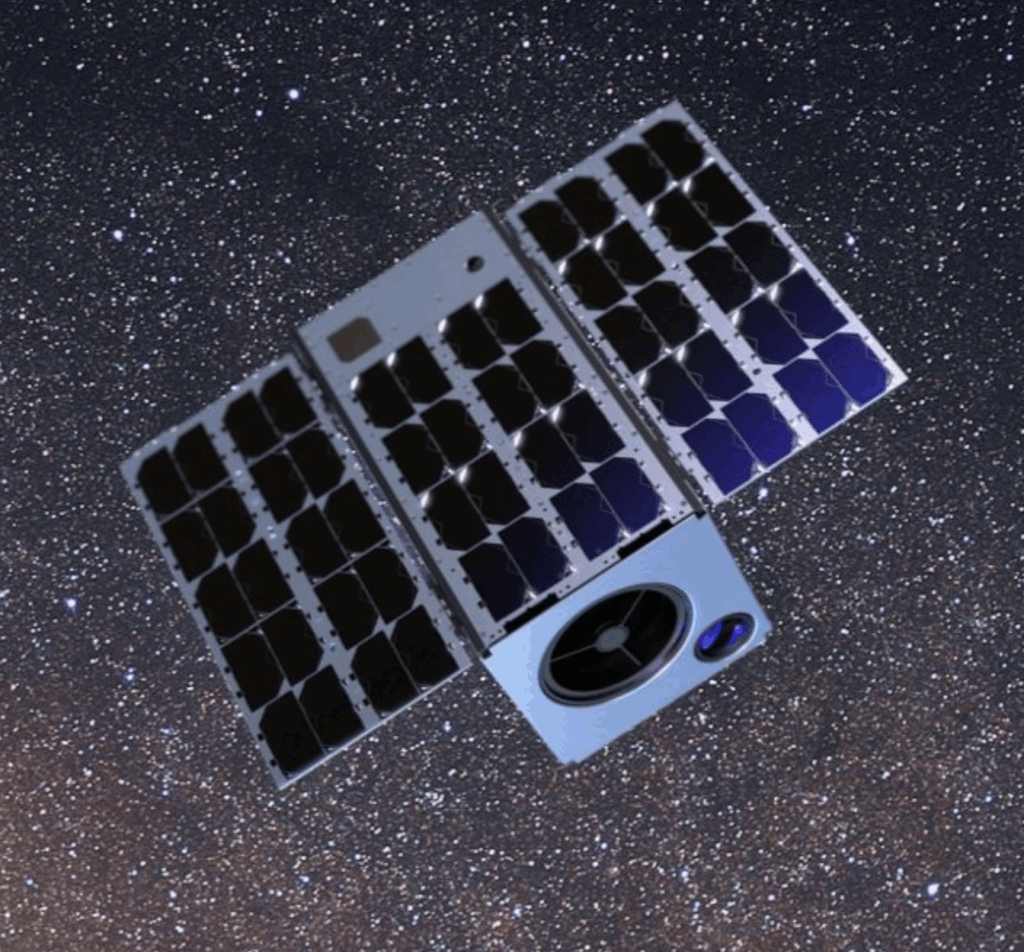
Just as the Moon was the first stepping stone for our interplanetary exploration, our nearest star, the Alpha Centauri System, will inevitably become our stepping stone for our Interstellar Journey. That is in the distance. A new mission, The Toliman Space Telescope, is launching soon will target the Alpha-Centauri System from Earth orbit.
In summary
The Toliman mission is a fairly innovative space mission primarily designed to survey our stellar neighbourhood for Earth-equivalent planets. Its main research target is to point its telescope towards the Alpha Centauri system to search for planets, specifically hoping to find Earth-sized equivalents in the habitable zone around the two main stars, Alpha Centauri A and B.
Toliman is unique for several reasons. The 12 cm diameter telescope is the only scientific instrument built on a low-budget 16U CubeSat, using off-the-shelf components as much as possible and employing commercial ground stations.
It will use three unique innovations to attain high-precision measurements 1. a Diffractive Pupil Optical Mask 2. High-Precision Tip-Tilt System with fine-steering or fine-pointing the telescope to achieve the required 1-2 arcsecond pointing accuracy and reduce jitter. A novel AI-powered software, called dLux, running on a custom computer onboard the satellite, will preprocess data before it is downlinked.
It has multiple countries involved in development and partnership including the University of Sydney (Australia), Breakthrough Initiatives, University of Leiden (Netherlands), Carling Japan (Japan), SETI Institute (California, USA), Spar Blue (Australia), Leaf Space (Italy – ground stations), Durosad (Bulgaria and France – space bus), AOS (Connecticut, USA – telescope), Lights Optical (UK – secondary mirror), and a team member in New Zealand. Cooperation is also starting with JPL (USA).
During the Breakthrough Discuss conference in April in Oxford, I learnt a little about the Toliman Space Telescope.
Podcast: Play in new window | Download (Duration: 1:07:08 — 55.5MB) | Embed
Subscribe: Apple Podcasts | Spotify | RSS | More
